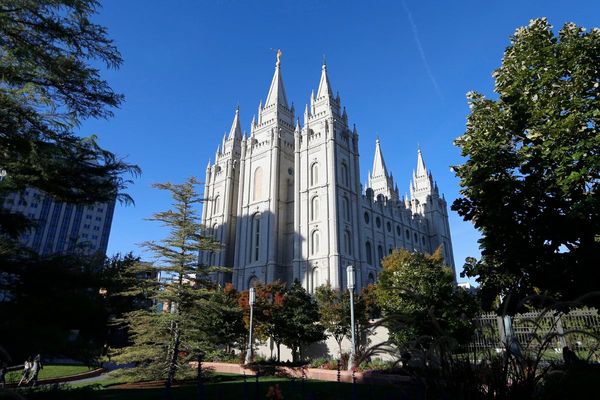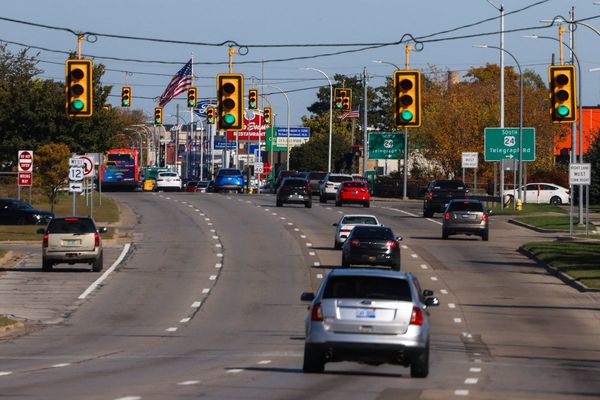The state Game Commission wants your turkey count. Pennsylvanians who participated in a public survey on wild turkey sightings in July and August are encouraged to report their sightings by Monday.
The survey includes wild turkeys seen from July 1 through Aug. 31, their general location, date of sighting and participant's contact information. Specific locations are not stored or shared. Mary Jo Casalena, the Game Commission's wild turkey biologist, said the survey is used to track the county, township and wildlife management unit where each sighting occurred.
"The turkey survey enhances our agency's internal survey, which serves as a long-term index of turkey reproduction," said Casalena. "By reporting all turkeys seen during each sighting, whether it's gobblers, hens with broods or hens without broods, the data help us determine total productivity and allow us to compare long-term reproductive success with other Northeastern states."
In the early 2000s, Pennsylvania's turkey population peaked at about 280,000. Casalenaas credited the success to restoration efforts through wild trap-and-transfer, habitat improvement and restrictions on fall turkey-hunting-seasons. Turkey numbers then declined sharply, she said, to levels below 200,000. Since 2011, it has fluctuated from 204,000 to 234,000, depending on summer reproduction and fall harvest.
"Remember, every summer turkey-sighting reported to the Game Commission helps to improve wild turkey conservation in the Keystone State," Casalena said.
Peregrine, Red Tag vote
The Board of Game Commissioners plans to hold its next quarterly meeting in Southwestern Pennsylvania. Commissioners and staff will meet at the agency's southwest region office in Bolivar, Westmoreland County, on Sept. 10-11. The Sept. 10 meeting begins at 2 p.m., when staff reports are presented. The Sept. 11 meeting begins at 8:30 a.m., but registration for public comments, limited to 5 minutes, begins at 7:45 a.m.
Commissioners are expected to give final approval to removing peregrine falcons from the state threatened species list and downgrading the conservation status of the Northern goshawk to endangered. The agenda also includes changes to the Red Tag agricultural deer control program, and several real estate transfers.







